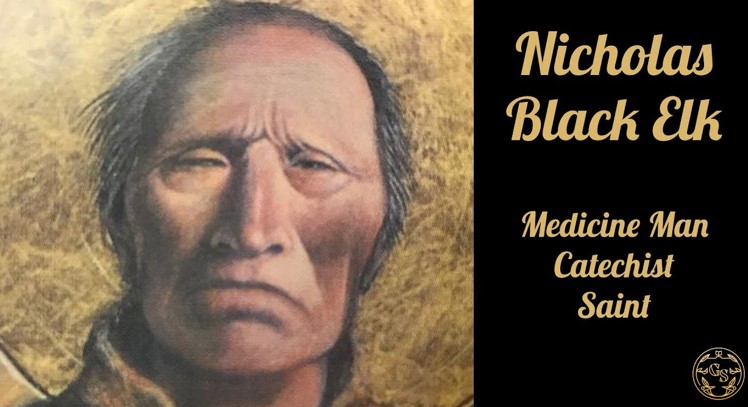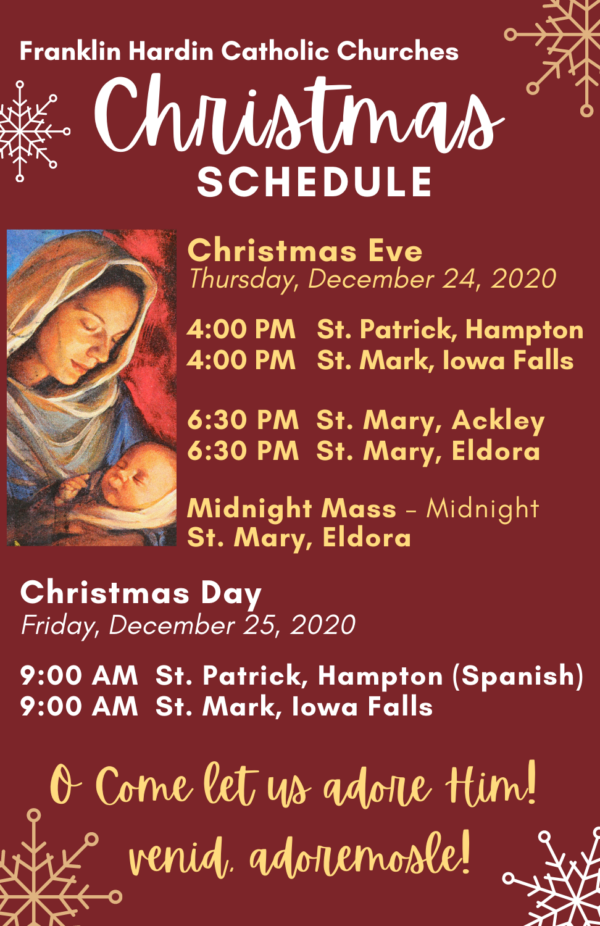I wrote last week about going to Rapid City, South Dakota for the Bishop Ordination of Fr. Scott Bullock.
But another story of the Diocese of Rapid City is the story of Nicholas Black Elk, a Lakota Sioux Native American who converted to Catholicism in his 40s, and became an active catechist and missionary to his people. Rapid City has opened the “cause for his canonization,” the formal process of formally declaring him a Saint of the Catholic Church. (If you want to learn more about the process of how one becomes a Saint, come to my talk on Tues. Oct. 15 at 6pm at the Rustic Brew, where I will talk “All About Saints!”)
Anyways, I wanted to tell you a little bit about Servant of God Nicholas Black Elk.
Some of you may have heard of Black Elk through a book titled, “Black Elk Speaks,” by John Neihardt. It is a book where Black Elk speaks about the Lakota Sioux Indian traditions, customs, and way of life, and became very popular at Universities for Native American Studies and Religious Studies.
But while that book was wildly popular, some people who knew Black Elk, including some of his children, lamented that the book neglected to tell another very important part of Black Elk’s life: his Catholic Faith.
Black Elk’s wife, Katie, converted to Catholicism, and they had their three children baptized and raised in the Catholic faith. In 1903 Katie, unfortunately, died. In 1904, in his 40s, Black Elk decided to himself convert to the Catholic Faith, taking the name “Nicholas.”
But Nicholas Black Elk did not see his conversion to the Catholic faith as a break from Lakota tradition. He saw it as the deepening and fulfillment of what he already believed. When Black Elk was young, he had experiences of strange mystical visions. He later saw these Mystical Visions as preparing him to receive the Gospel, that they were prophetic visions that were fulfilled in Christianity.
Thus he saw himself as being a good Lakota by becoming a Catholic. He saw the bridge, the harmony between them. He later dedicated himself to the life of a catechist. Back then, Catechists were not merely those who taught class once a week, but served more like deacons or missionaries. He would travel and visit different homes, teaching them about the Catholic faith. He would visit the sick and homebound and pray with them. He was said to often have a rosary in one hand and his smoking pipe in the other.
When we think about the story of the American West, we often think about the clash of Europeans and Native Americans, between Cowboys and Indians. The story of Nicholas Black Elk is one of how Christ is “breaking into” this story, to draw “all people to Himself.” To pave the way for the Lakota to come to know Christ and His Saving Gospel, and to pave the way for different warring peoples to be able to come together in peace in Jesus Christ.
Peace,
-Fr. Kevin


